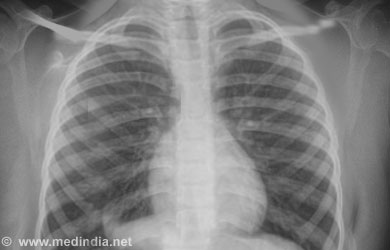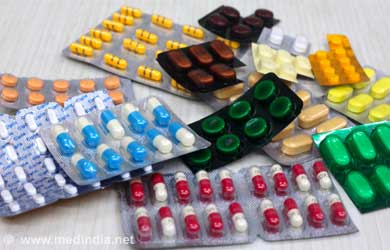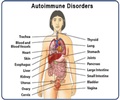Diagnosis and Treatment of Churg-Strauss Syndrome
Diagnosis of Churg-Strauss Syndrome
Churg-Strauss syndrome diagnosis is difficult as it lacks specific tests; besides the signs and symptoms bear a strong semblance to those of other diseases.
To help ease the matter, the American College of Rheumatology has established six diagnostic criteria for Churg-Strauss syndrome. A person is said to have the disease if he has any 4-6 of the criteria. Some doctors come to a conclusion even if 2-3 of the criteria are present. The 6 criteria include the following-
- Asthma
- Higher than normal count, of eosinophils (eosinophilia) making upto 10% of the WBC present
- Damage to nerves (neuropathy)
- Migratory lesions or spots on a chest X-ray (pulmonary infiltrates)

- Sinus-related issues
- Presence of White blood cells outside the blood vessels (extravascular eosinophils)
To find out and establish any of the above criteria a series of tests may have to be carried out including blood tests, imaging tests such as CT or MRI scan or biopsy of specific samples.
Treatment for Churg-Strauss Syndrome
There is no permanent cure for Churg-Strauss syndrome, but certain medications can help to achieve remission. Early diagnosis and treatment can bring about a good outcome and reduce the risk of complications.
A good outcome and a reduced risk of complications from both the disease and its treatment are more likely when Churg-Strauss syndrome is diagnosed and treated early.
Some of the drugs used to treat Churg-Strauss syndrome include corticosteroids and other immunosuppressants such as cyclophosphamide, azathioprine or methotrexate and intravenous immunoglobulin.
Among the corticosteroids, Prednisone is the most commonly prescribed drug for Churg-Strauss syndrome. A high dose of the medicine may be described by the doctor to get the symptoms under control. However, due to its harmful side effects such as bone loss, high blood sugar, cataracts and infections the doctor might decrease the dose to the lowest level that is required to keep the disease under control.

Intravenous immunoglobulin is the most benign of all the treatments of Churg-Strauss syndrome, the side effects of which include flu-like symptoms that last a day or two. This is an expensive mode of treatment and is not universally effective and hence it is administered only for those in whom other treatments have failed.
Despite intense therapies recurrence is common in the Churg-Strauss patients.
Self Care of Churg-Strauss Syndrome
Long-term treatment with corticosteroids such as prednisone can give rise to a series of side effects but steps can be taken to minimize them. Some basic measures are as follows –
- Safeguard your bones – make sure you take adequate calcium along with vitamin D (upto 2,000 international units (IU) each day. Strength training and weight-bearing exercises such as walking and jogging also are essential for bone health.
- To prevent bone loss engage in weight bearing exercises such as walking or jogging. There is a possibility of weight gain as well, which can be kept under control with regular exercising
- Avoid tobacco smoke to reduce the side effects of medications

- Weight gain and diabetes is common in these patients undergoing treatment and hence food items including fruits, veggies and whole grains must be included in the diet to maintain optimum weight.
- Regular monitoring of sugar levels must be done regularly.
- Doctor’s appointments must be kept regularly to monitor for side effects
Churg-Strauss syndrome is a serious condition with a risk of recurrence and hence it would be important to know about the condition in order to deal with its complications. Also, it is important to form a support group to tide you through stressful times while dealing with this devastating disease.








